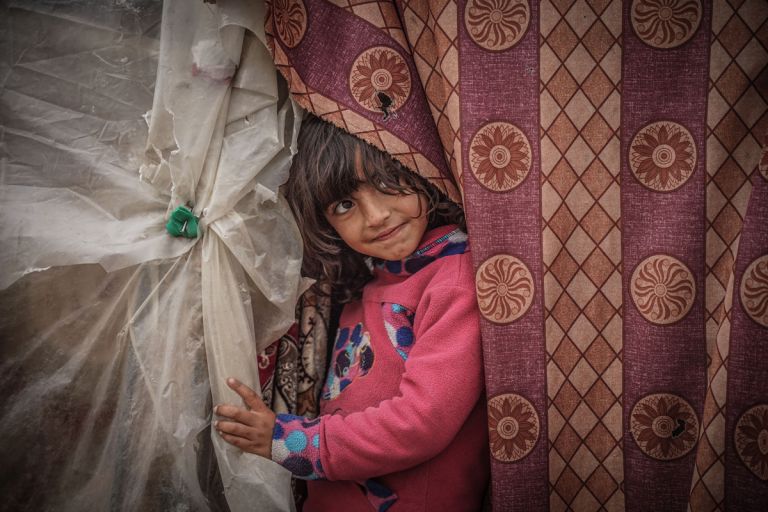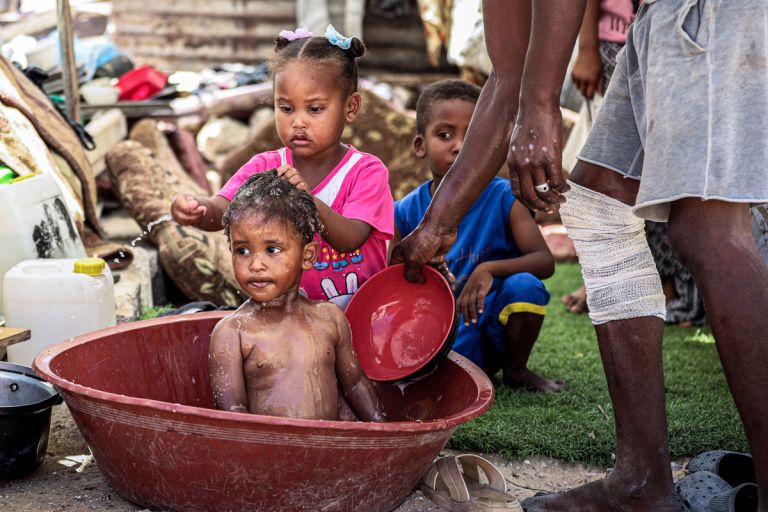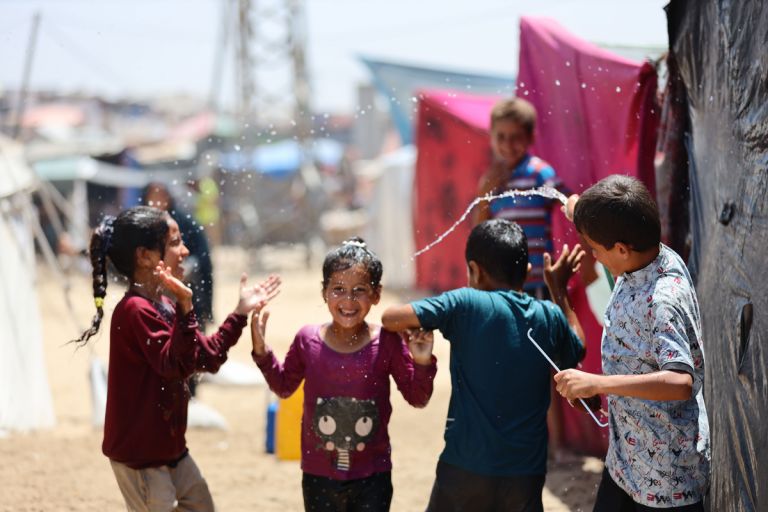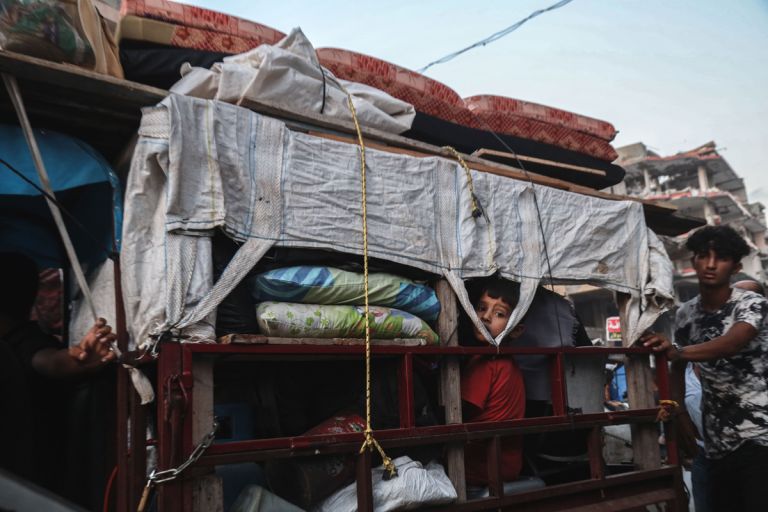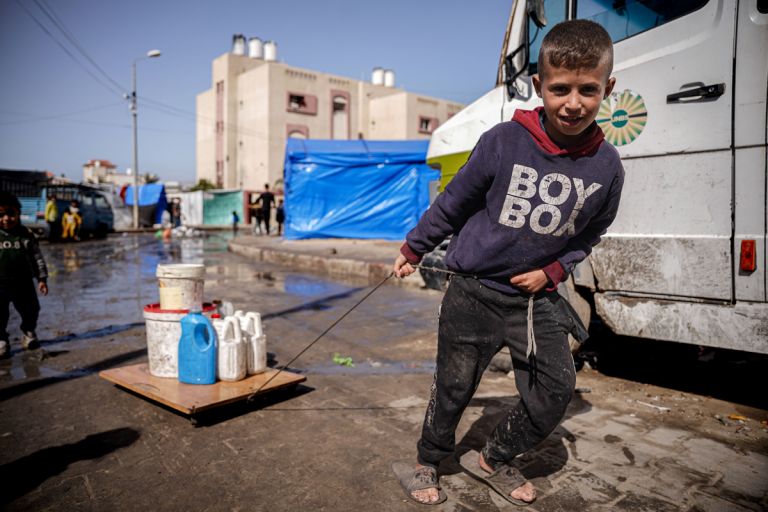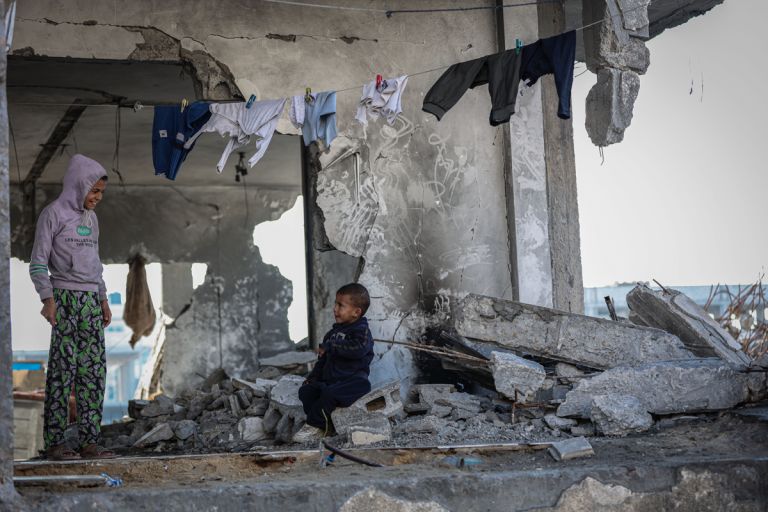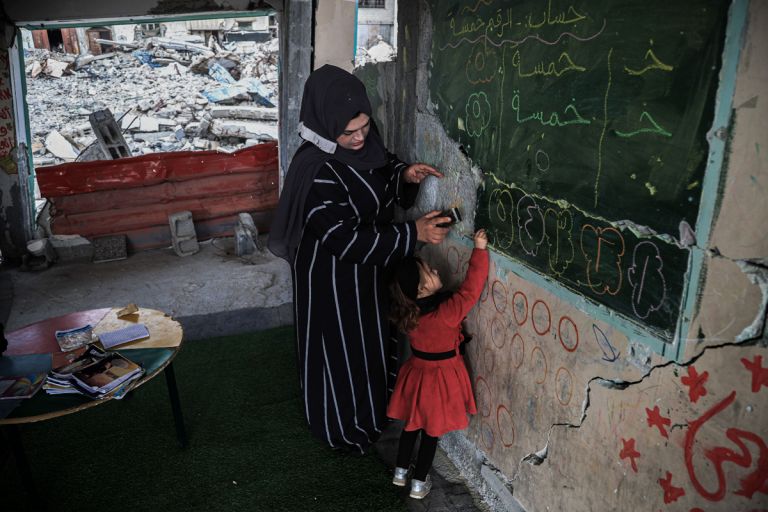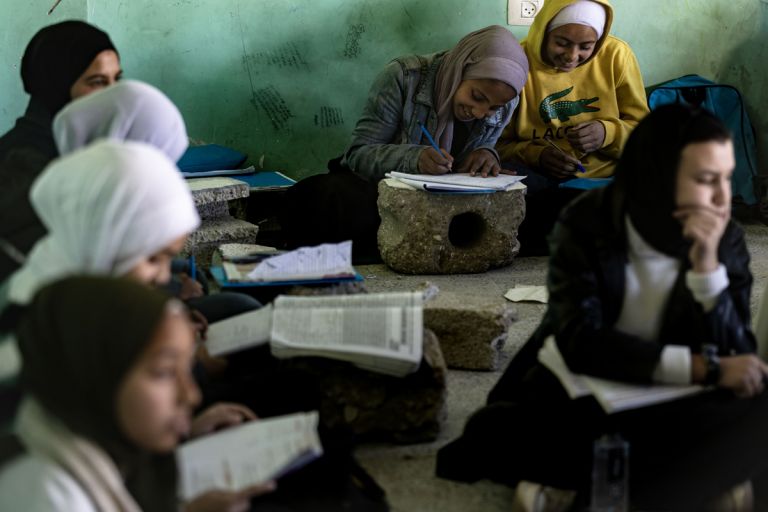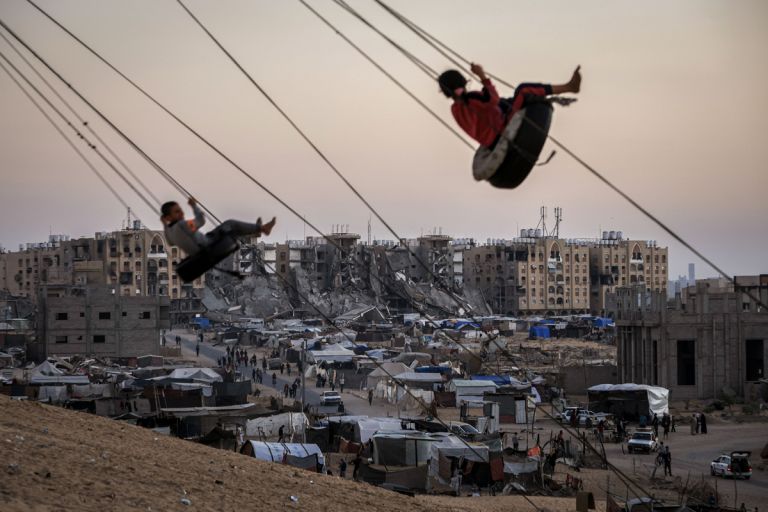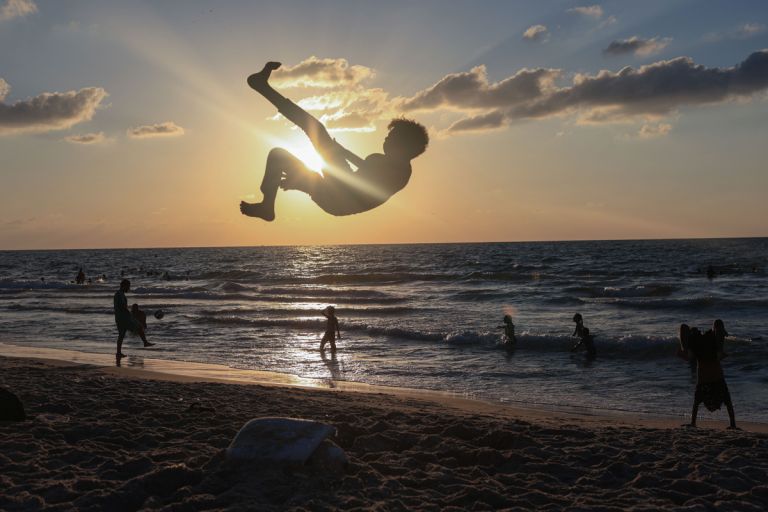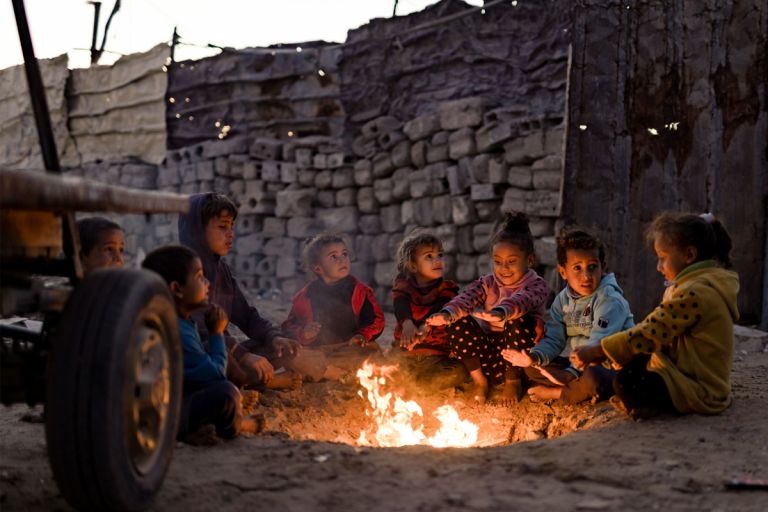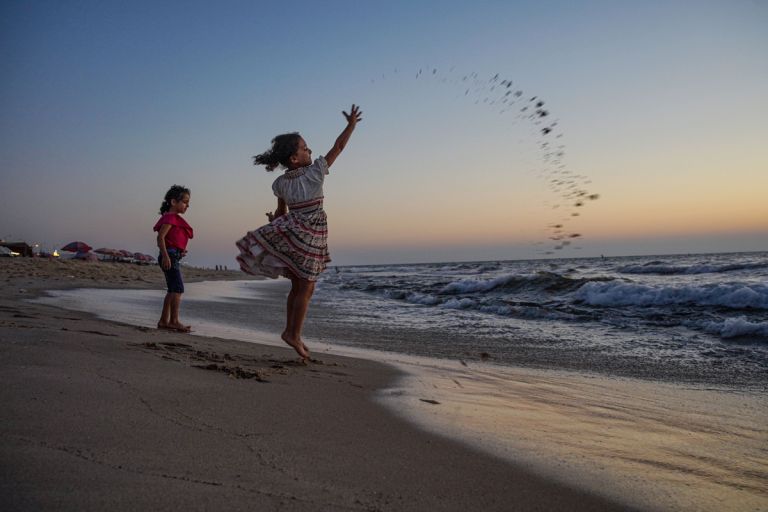The Land of Love and Peace
In 2002, Palestinian poet Mahmoud Darwish welcomed a group of writers to Ramallah with these words:
“We have an incurable illness: hope. Hope in liberation and independence. Hope in a normal life where we are neither heroes nor victims. Hope that our children will go safely to their schools. Hope that a pregnant woman will give birth to a living baby at the hospital, and not a dead child in front of a military checkpoint; (…) hope that this land will take up its original name: the land of love and peace.”
I have been covering the war on Gaza since October 7. In this living hell, Darwish’s words live on in the children. They are more than symbols of hope — they are hope, in their laughter, their games, and their stubborn will to live.
I remember March 2024 clearly. The war had been going on for six months. I was displaced in Khan Younis, living in a tent, separated from my family, who had been forced to flee to another city. The border was closed. There was no way out. I had stopped photographing. I couldn’t bear to witness more loss. I couldn’t take another picture of a lifeless child.
But around me, in the camp, the children were still moving, still trying. Despite everything — the destruction, the hunger, the fear, the cold or the heat — they gathered water, helped their parents cook or wash the younger ones, studied in makeshift schools, and seized fleeting moments to play, laugh, and be children, as if the war could be forgotten for a second.
Watching them — witnessing their strength, their dignity, their refusal to give in — gave me the courage to pick up my camera again. I realized I had to keep going. I had to return to the field to keep showing the world the reality of what is happening, fuelled by the children’s insistence on existing. Embodying their hope that one day, the war will stop. And that the children of Gaza will live in the land of peace Darwish once envisioned.
They deserve it.
